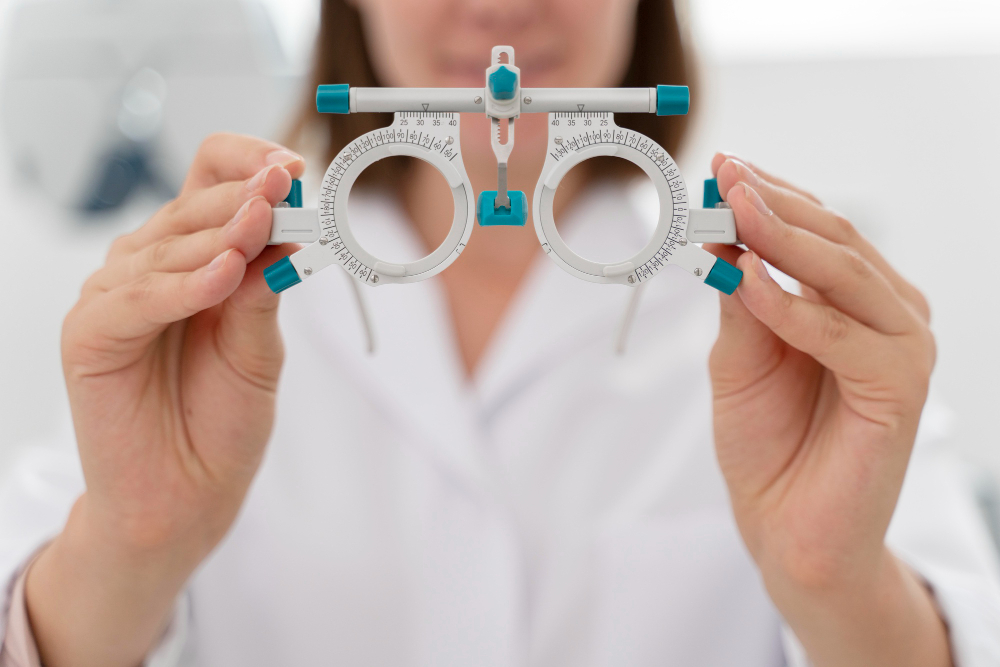Advanced cataract surgery has emerged as a safe and successful procedure in recent years, thanks to advanced techniques and technologies. It can restore vision more quickly, with improved outcomes and fewer complications.
In this article, we will explore the different types of leading advanced cataract surgery available today, how they differ from traditional techniques, and how they can benefit patients. We’ll also discuss some potential risks associated with these procedures so that you can make an informed decision about your treatment options.
Causes of Cataracts
Cataracts are a common eye condition that affects millions of people worldwide. Age is one of the most common causes of cataracts, but traumatic eye injury and certain medications, such as steroids and benzodiazepines, can also increase the risk of developing cataracts. If left untreated, cataracts can eventually lead to blindness.
Symptoms and Risk Factors
Symptoms of cataracts include blurred vision, sensitivity to light, and difficulty seeing at night. Risk factors include age, family history, smoking, and obesity. Knowing these symptoms and risk factors can help patients identify potential problems early on and seek medical attention.
Diagnosis and Treatment Options
Diagnosing cataracts involves a thorough eye examination, which may include visual acuity tests, slit-lamp examination, and tonometry to measure eye pressure. The most common treatment for cataracts is surgery, which involves removing the cloudy lens and replacing it with an artificial intraocular lens.
Advanced Cataract Surgery Overview
Advanced cataract surgery involves the use of advanced techniques and technologies to provide patients with better outcomes and fewer complications than traditional techniques. The leading advanced cataract surgery is typically performed on an outpatient basis, meaning patients can go home shortly after the procedure is complete. The surgeon makes a small incision near the edge of the cornea to access and remove the natural lens, followed by the insertion of an artificial intraocular lens (IOL).
Benefits of Advanced Cataract Surgery
The benefits of advanced cataract surgery include improved vision, reduced dependence on glasses or contacts, and fewer complications. Multifocal IOLs provide patients with both near-vision and distance-vision correction, while toric IOLs correct astigmatism. Accommodating lenses can mimic the natural focusing ability of the eye.
Conclusion
Advanced cataract surgery has revolutionized the way patients can recover their vision, allowing them to achieve better results in less time. It is a safe and effective procedure that offers numerous benefits over traditional techniques. Patients should discuss their options with a qualified ophthalmologist to determine which type of cataract surgery is right for them. By understanding the causes, symptoms, and risk factors of cataracts, patients can take a proactive approach to their eye health and seek treatment early on to prevent complications.


Leave feedback about this